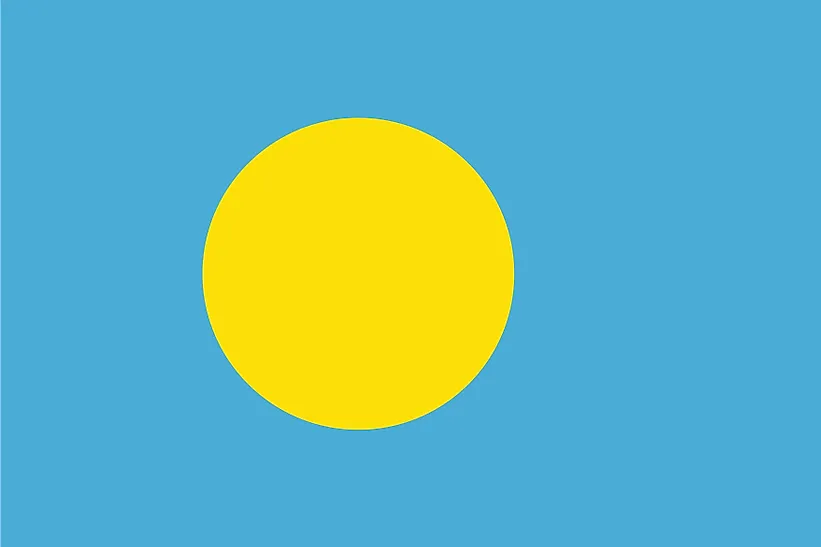
Palau
| Continent | Oceania |
| Capital | Melekeok |
| Population | 21,347 |
| GDP | $283.50 Million |
| GDP per Capita | $15,300 |
| Dialing Code | +680 |
| ISO Code (2-letter) | PW |
| ISO Code (3-letter) | PLW |
Palau Landscapes






About Palau
Welcome to Palau, a nation of pristine islands and marine wonders. With approximately 18,000 people occupying 459 square kilometers across 340 islands, Palau combines remarkable marine biodiversity with rich Micronesian heritage, standing as a leader in ocean conservation.
Geographic Features and Natural Beauty
Palau’s geography encompasses extraordinary diversity beneath and above the waves. The country features limestone and volcanic islands, including the famous Rock Islands, a UNESCO World Heritage site.
The landscape includes pristine beaches, dense tropical forests, and the world-renowned Jellyfish Lake. The country’s marine environment supports some of the world’s most diverse coral reef ecosystems.
Protected areas include the Palau National Marine Sanctuary, one of the world’s largest marine protected areas, covering 80% of its exclusive economic zone. The country’s commitment to environmental protection focuses on marine conservation and sustainable tourism.
Cultural Heritage and Traditions
Palauan culture represents ancient Micronesian traditions adapted to modern times. The country’s heritage includes distinctive social structures based on matrilineal clans and unique customs that have survived colonial influences.
Traditional arts include storyboard carving, weaving, and traditional navigation. Music and dance remain important cultural expressions, while traditional ceremonies mark important life events.
Palauan cuisine centers around seafood, taro, and coconut, with traditional cooking methods still practiced. The tradition of community cooperation and respect for elders remains central to island life.
Historical Journey
Palau’s history spans from ancient Austronesian settlement through colonial periods to independence. The islands have witnessed various colonial administrations while maintaining cultural identity.
Significant periods include Spanish influence, German colonization, Japanese administration, US trusteeship, and independence in 1994. The country’s experience during World War II significantly impacted its development.
Modern Economic Landscape
Today’s Palauan economy focuses on tourism and sustainable marine resource management. The country is known for its world-class diving and eco-tourism destinations.
Recent initiatives emphasize sustainable tourism development, renewable energy, and marine conservation. Palau’s pristine environment and strategic location support its tourism-based economy.
International Relations and Global Position
Palau maintains close ties with the United States through a Compact of Free Association while fostering international partnerships for conservation. The country’s leadership in marine protection extends its global influence.
Did You Know?
• Palau created the world’s first shark sanctuary?
• The country requires visitors to sign an eco-pledge upon entry?
• Jellyfish Lake contains millions of golden jellyfish that have lost their sting?
• Palau’s Rock Islands are home to some of the world’s most pristine coral reefs?
Conclusion
Palau represents a unique combination of marine wonder and cultural preservation. From its spectacular Rock Islands to its traditional customs, from its conservation leadership to its sustainable tourism practices, Palau continues to evolve while protecting its natural treasures. As it addresses challenges including climate change and sustainable development, Palau remains committed to its role as a model of environmental stewardship while preserving its distinctive island heritage.